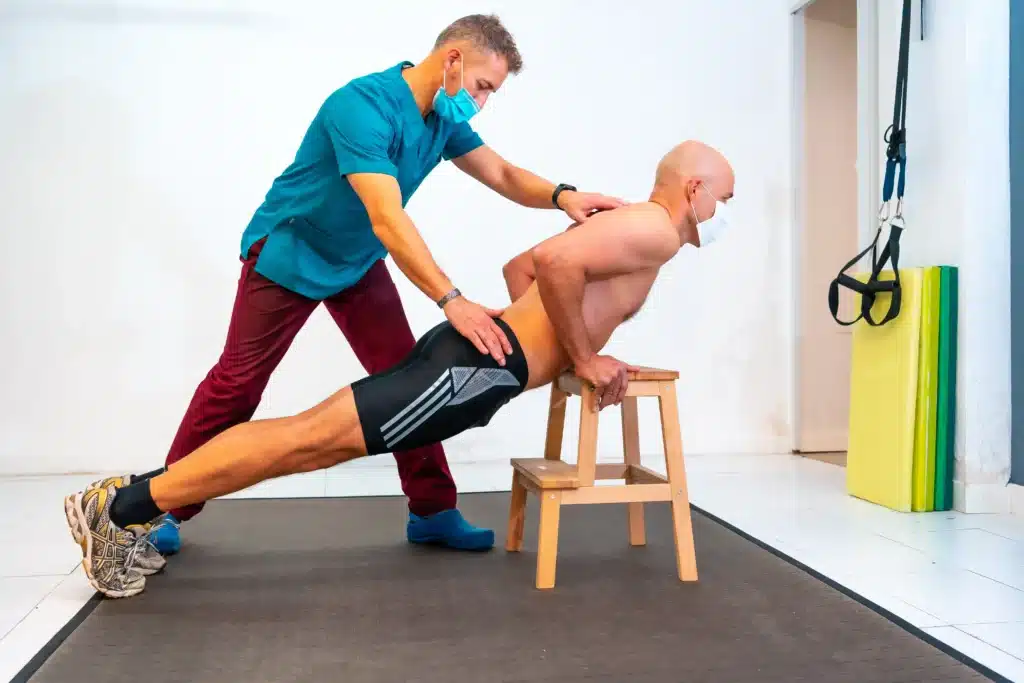
Table of Contents
ToggleSpinal fusion exercises are specific movements designed to support the recovery process following spinal fusion surgery. This surgery involves permanently connecting two or more vertebrae to stabilize the spine and alleviate pain caused by conditions like scoliosis, spinal fractures, or degenerative disc disease.
Exercises are introduced in stages to help regain mobility, strengthen muscles, and promote healing without putting undue stress on the surgical site.

| Phase | Key Goals | Example Exercises | Duration |
|---|---|---|---|
| Early Recovery | Promote healing, prevent stiffness | Walking, ankle pumps, heel slides | 10–15 mins, 3x daily |
| Intermediate Phase | Build strength, improve flexibility | Pelvic tilts, hamstring stretches, biking | 20–30 mins, 5x weekly |
| Advanced Phase | Enhance strength, increase flexibility | Bridges, wall squats, Swiss ball exercises | 30–45 mins, 4x weekly |